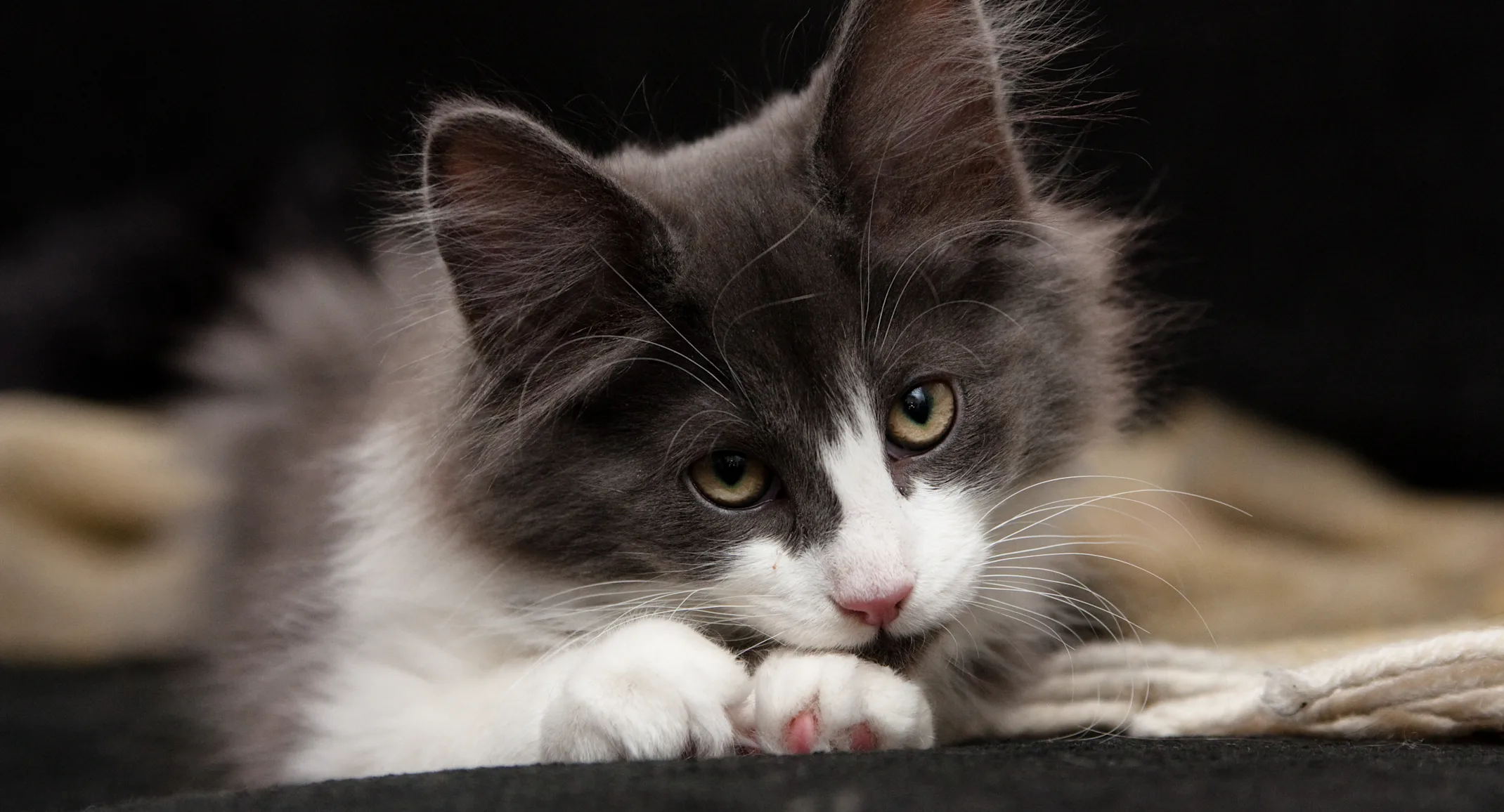Could Your Cat Have Feline Idiopathic Cystitis?
Our Blog

Feline idiopathic cystitis (FIC) is one of the most common causes of inappropriate urination. What is it, and how is it treated?
Feline idiopathic cystitis signs
FIC can develop without any obvious underlying cause, and more than one unidentified, underlying condition that leads to FIC is possible. Cats with FIC will show signs that indicate an issue with their lower urinary tract system, including:
Blood in the urine
Painful or difficult urination
Frequent urination
Urinating outside the litter box or in unusual places
Increased irritation or aggression
Overgrooming because of bladder pain
If you notice your cat struggling to urinate, contact us immediately. Male cats—and occasionally female cats—can develop a life-threatening urinary blockage.
Feline idiopathic cystitis diagnosis
Since no diagnostic test can confirm that your cat is suffering from FIC, the diagnosis is made by ruling out other potential urinary conditions. To do that, we will examine a urine sample for the presence of red, white, and abnormal blood cells, bacteria, or crystals, and take X-rays to rule out urinary tract stones and bladder masses. An ultrasound of the entire urinary tract may also be indicated. Blood work is necessary to check kidney function and to search for other potential causes of urinary issues.
Feline idiopathic cystitis treatment
With no definitive cause of FIC, treatment is challenging and focuses on encouraging frequent drinking and urination, reducing stress, and stimulating your pet mentally. Management measures include:
Adding more litter boxes in various quiet places in your home
Offering more drinking stations throughout your home
Investigating prescription urinary diets
Providing a drinking fountain instead of a water dish
Switching from dry to canned food to increase water intake
Reducing stress by:
Playing with your cat daily
Diffusing the Feliway pheromone in areas where your cat spends most of their time
Offering scratching posts and climbing towers
Creating elevated perches for napping and observing
Allowing daily outdoor activity in an enclosed run to provide mental stimulation
Avoiding household inter-cat conflict
Questions or concerns about your cat’s litter box behaviors? Contact us.
